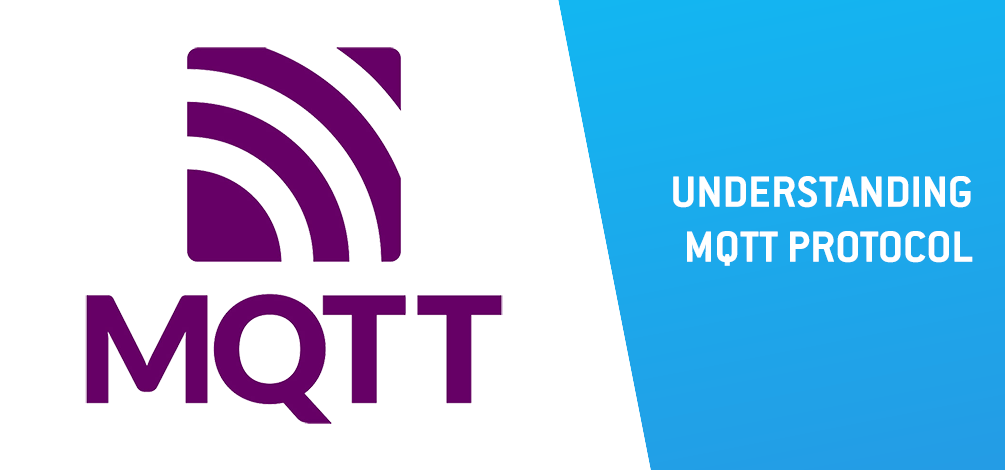Understanding MQTT Protocol

Revolutionizing Communication for IoT.
In today's rapidly evolving technological world, the Internet of Things (IoT) stands out as one of the most transformative digital innovations.
At the center of IoT lies a sophisticated network of interconnected devices exchanging data seamlessly. Facilitating this exchange is the MQTT (Message Queuing Telemetry Transport) protocol, that has emerged as the actual standard for IoT communication.
What is MQTT?
The MQTT protocol was developed in the late 1990s by Dr. Andy Stanford-Clark of IBM and Arlen Nipper of Arcom, to monitor oil pipelines. Over time, this protocol has grown into a widely adopted protocol for connecting IoT devices across various industries, including manufacturing, healthcare, transportation, and smart homes.
At its core, MQTT is a publish-subscribe messaging protocol, which means it allows devices to communicate in an asynchronous manner.
In a typical MQTT setup, there are three key components:
- Publisher: device or application that generates data and publishes it to the MQTT broker.
- Broker: central hub that receives all messages from publishers and delivers them to subscribers. It is responsible for routing messages based on predefined topics.
- Subscriber: devices or applications that are interested in receiving specific types of data. They subscribe to topics on the broker and receive messages published to those topics.

Scheme of MQTT protocol model.
How Does MQTT Work?
The operation of MQTT starts when a publisher generates data, and it sends a message containing the data payload and a topic to the broker. The topic acts as a hierarchical identifier that categorizes the message. For example, a temperature sensor might publish temperature readings to a topic such as "home/living-room/temperature".
Upon receiving the message, the broker examines the topic and forwards the message to all subscribers that have subscribed to that topic. Additionally, subscribers can filter messages based on topics, allowing them to receive only the data they are interested in.
One of the key advantages of MQTT is its lightweight nature, because the protocol was designed to be efficient in terms of bandwidth and power consumption, making it ideal for resource constrained IoT devices. Also, MQTT supports various quality of service (QoS) levels, allowing publishers and subscribers to control message delivery reliability.
Advantages of MQTT
The use of the Message Queuing Telemetry Transport protocol carries great benefits that must be considered. Here are the main ones:
- Efficiency: MQTT's lightweight design minimizes network bandwidth and conserves battery power, making it suitable for IoT deployments.
- Reliability: MQTT enables reliable message delivery even in unreliable network conditions, with support for QoS levels.
- Scalability: MQTT brokers can handle thousands to millions of connected devices, making it scalable for large-scale IoT deployments.
- Flexibility: MQTT's publish-subscribe model provides flexibility in data exchange, allowing devices to communicate in a decoupled manner.
Overall, an efficient and reliable communication protocol as MQTT play a crucial role in enabling seamless connectivity between devices. With its lightweight design, scalability, and flexibility, MQTT has become the go-to choice for IoT deployments across diverse industries.
By facilitating real-time data exchange and enabling innovative IoT applications, Tekon Electronics has a disruptive Universal IoT Gateway with multiple connectivity options, where MQTT is available as a broker for data subscription.
The Universal Gateway is an advance solution to communicate and share data seamlessly. Additionally, Tekon's software has a MQTT broker to publish data.
Our products also offer a complete, simple, and cost-effective connectivity solution that provides a robust wireless network infrastructure, enabling companies around the world to harness the value of smart technology. Discover the Tekon IoT Platform.
Tekon Electronics continues to reaffirm its contribution to innovation, providing competitive and distinctive IoT solutions.
Join us on this journey towards a smarter and more connected future!
MQTT: The Standard for IoT Messaging. https://mqtt.org/